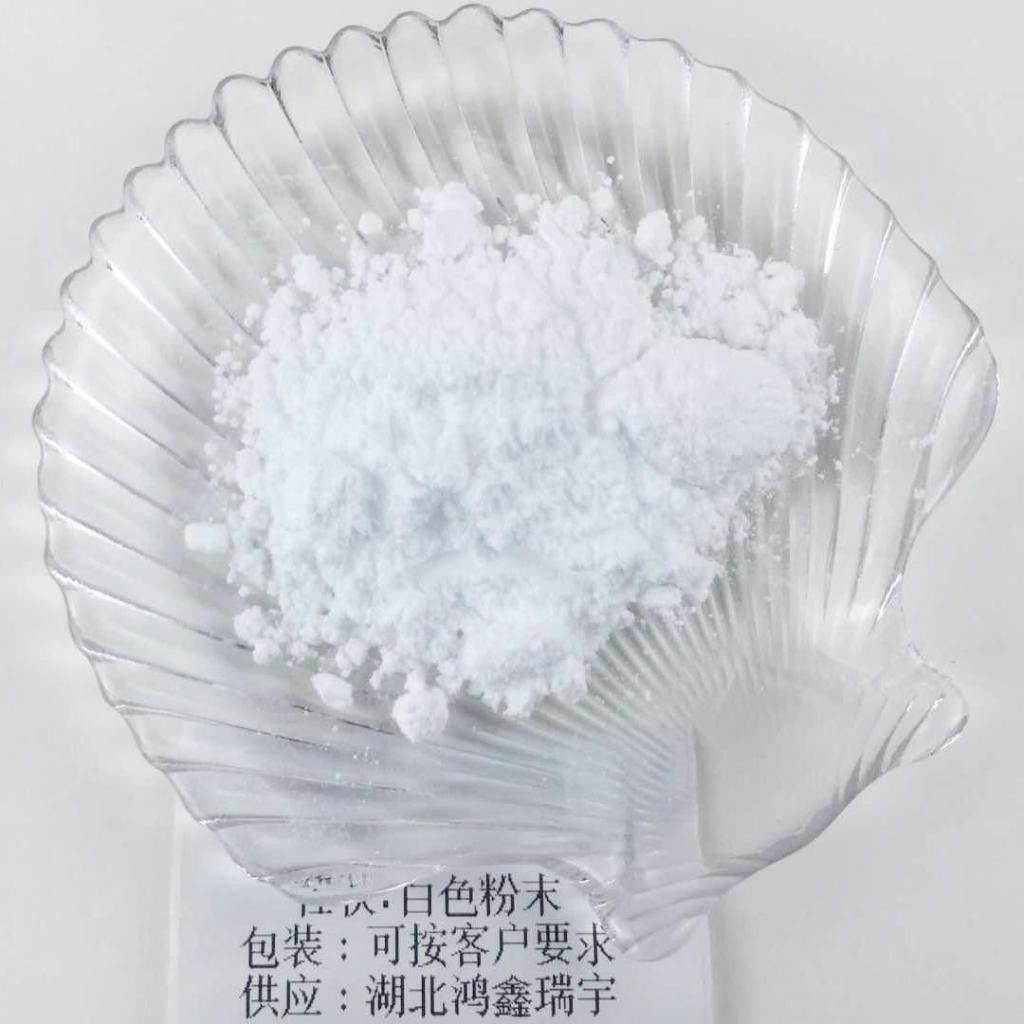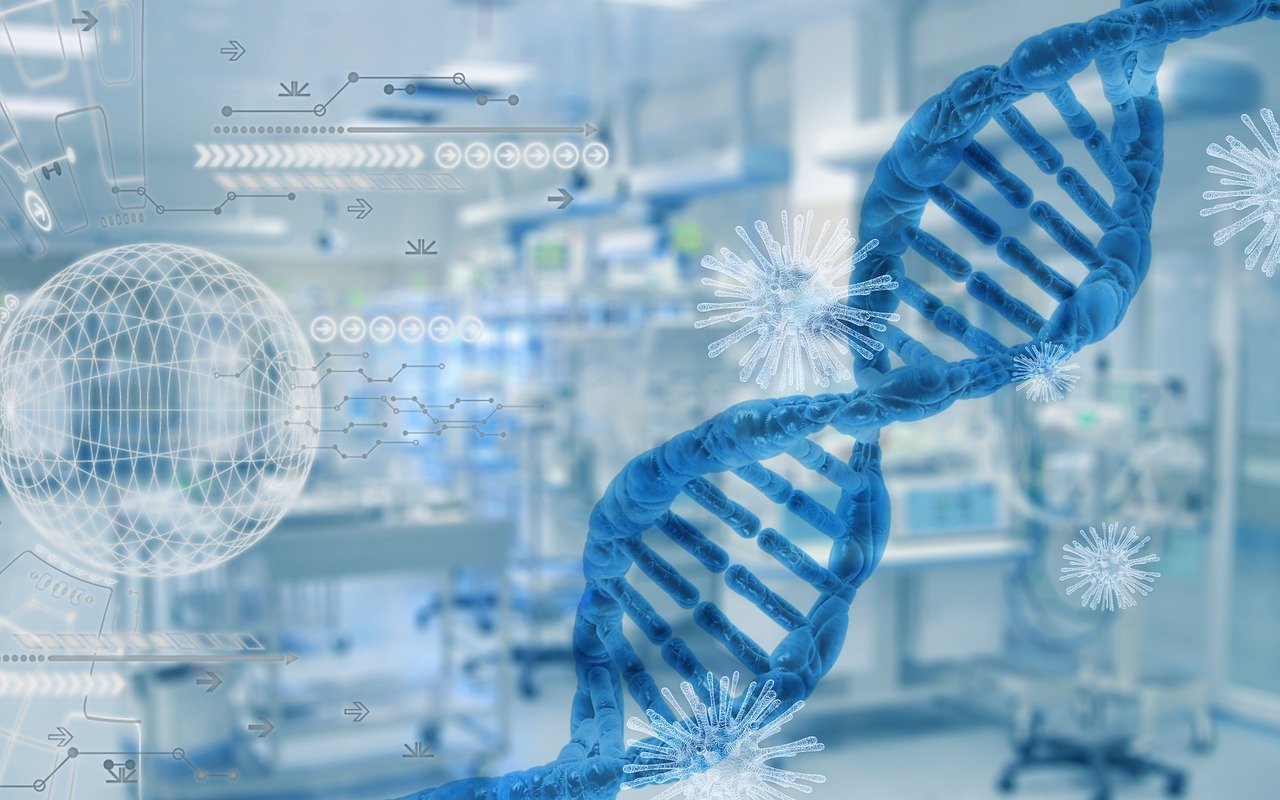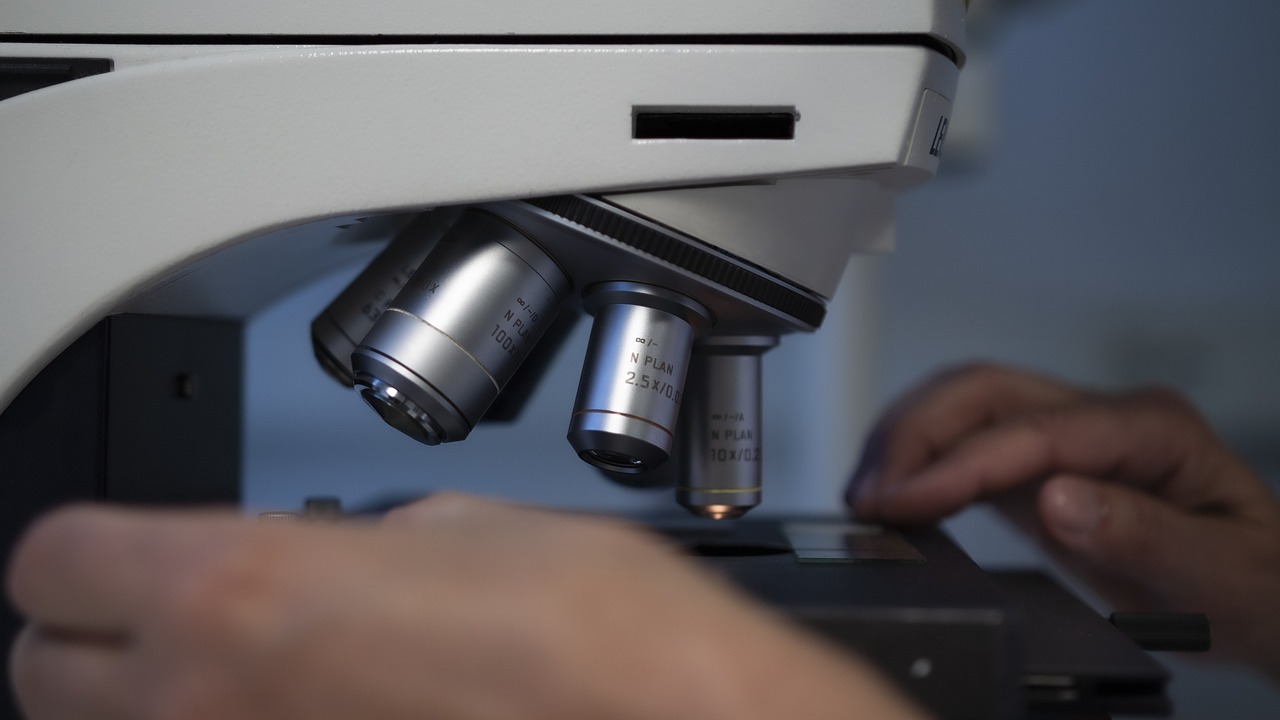-
-
Building 5,18 Yueluo Road, Yuepu Town, Baoshan District, Shanghai, China
Call Anytime
+86 131 2053 3622Industrial preparation and chemical application of di-tert-butyl dicarbonate
Di-tert-butyl dicarbonate, also known as Ditert-butyl dicarbonate in English, is a colorless and transparent liquid at room temperature and pressure. It is a low melting point solid. When the environment is stable and low, it will present a solid state. It is easily soluble in organic solvents such as tetrahydrofuran, n-hexane, benzene and chloroform, but slightly soluble in water.

Di-tert-butyl dicarbonate is a common amino protecting agent. It is used to introduce tert-butyloxycarbonyl (BOC) protecting agent in organic synthesis. It is particularly suitable for amino acid protection and is widely used in the preparation of various products such as medicine, protein and peptide synthesis, biochemistry, food, cosmetics, etc.
Physical and chemical properties
Di-tert-butyl dicarbonate has low volatility and good solubility. It is soluble in many organic solvents such as alcohols, ethers and ketones. The substance is a stable ester compound that is not easy to decompose or react. It is relatively inert and is not easily hydrolyzed under common organic conditions. However, it can be hydrolyzed into carbonic acid gas and tert-butyl alcohol by appropriate catalysts and conditions, such as acid catalysis or base catalysis. Di-tert-butyl dicarbonate is a relatively stable anhydride compound with high chemical reactivity. It can efficiently react with organic amine compounds to obtain amino-protected derivatives. In organic chemical reactions, it is often used as a tert-butyloxycarbonylation reagent for substrates such as amines, phenols, thiols, amides, lactams, and carbamates. The reaction rate is fast and the yield is relatively high. It is worth noting that aliphatic amines, alicyclic amines, aromatic amines, and heterocyclic amines can react with (Boc).
Hydrolysis reaction
Di-tert-butyl dicarbonate can be hydrolyzed into carbonic acid gas and tert-butyl alcohol by acid-catalyzed or base-catalyzed reactions. Hydrolysis usually requires high temperature and reaction time.
Protecting amino groups
In a dry reaction flask, a solution of aniline (0.911 mL, 10.0 mmol) and di-tert-butyl dicarbonate (2.34 mL, 10.2 mmol) was stirred in dry tetrahydrofuran (5.0 mL) at room temperature for about 1 h. After the reaction, the reaction mixture was directly concentrated under vacuum to obtain N-tert-butylcarbonylaniline (2.03 g, quantitative) as colorless crystals.
Industrial preparation
Commonly used di-tert-butyl dicarbonate is a 70% toluene or tetrahydrofuran solution. There are two main industrial preparation methods: Chinese and Indian chemical companies mostly use tert-butyl alcohol, carbon dioxide and phosgene to react under the action of DABCO (base) to produce di-tert-butyl dicarbonate. European and Japanese chemical companies mostly use sodium tert-butyl alcohol and carbon dioxide to react under the catalysis of p-toluenesulfonic acid or methanesulfonic acid. It is worth mentioning that the latter method produces a purer product.
Advantages
As an amino protective group, di-tert-butyl dicarbonate has many advantages, such as low price, no strong irritating taste, and no toxicity to the human body, but it is not good for direct contact with the skin. It can cause skin allergies and can be washed with water. In addition, when using di-tert-butyl dicarbonate to synthesize polypeptides, the removal conditions of the protective gene are mild and the reaction is good. The separation and purification of the product is easier than using other types of amino acid protective agents.
Chemical Applications
Di-tert-butyl dicarbonate is used to introduce tert-butyloxycarbonyl protecting groups in organic synthesis, especially for amino acid protection. It is widely used in the synthesis of medicine, protein and peptide synthesis, biochemical food, cosmetics and other products. Di-tert-butyl dicarbonate is often used as a plasticizer, lubricant and solvent. It can increase the softness and ductility of polymers and improve the processability of polymers. In addition, it can also be used as an intermediate for synthetic fragrances, flavorings and softeners. It should be noted that when using this substance, its chemical properties and applicable conditions should be understood, and correct operation and safety specifications should be followed. At the same time, when disposing of waste, relevant environmental protection laws and regulations should be observed to ensure that there is no negative impact on the environment. Due to the high solubility and low toxicity of di-tert-butyl dicarbonate, it is often used as a plasticizer for polymers. It can improve the softness, ductility and cold resistance of polymers, and is often used to prepare soft plastic and rubber products. Di-tert-butyl dicarbonate has low surface tension and good lubrication properties, so it is often used as a lubricant additive. It can reduce friction and wear, improve the fluidity and processing performance of materials, and is widely used in plastics, rubber and metal processing.





